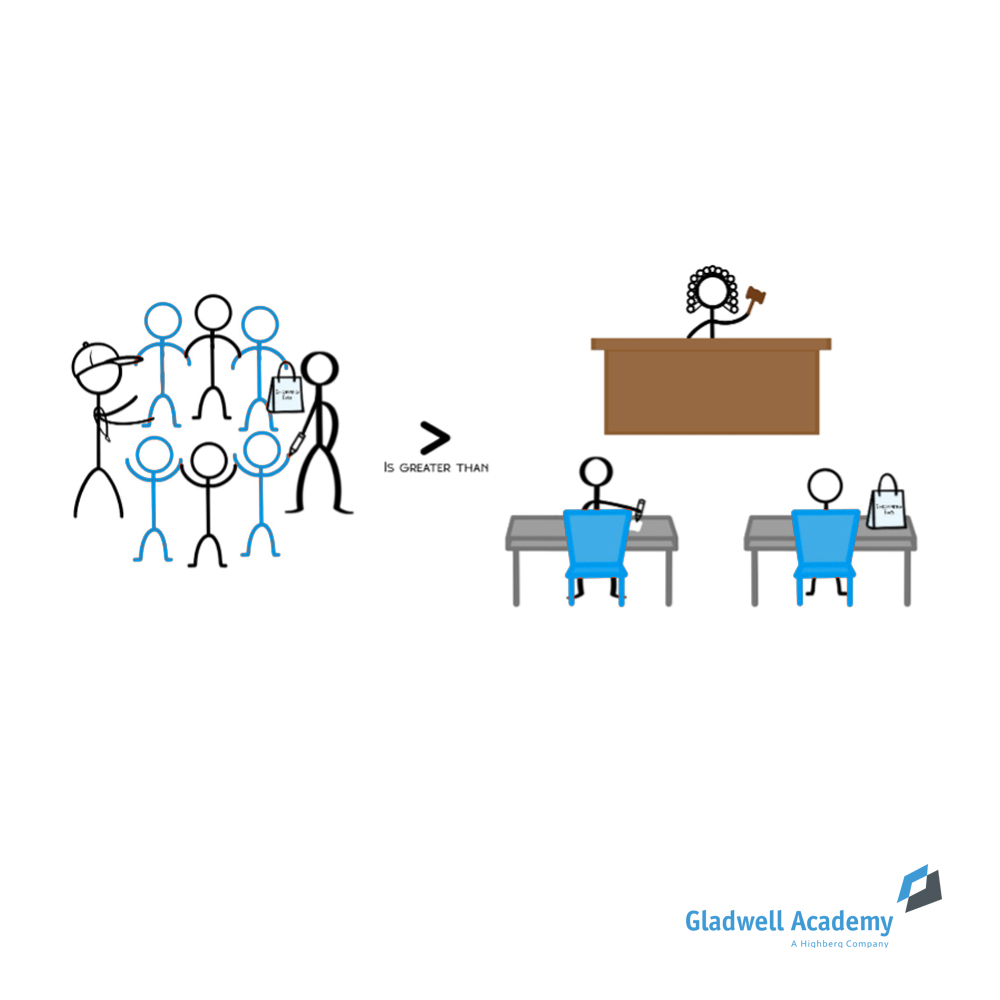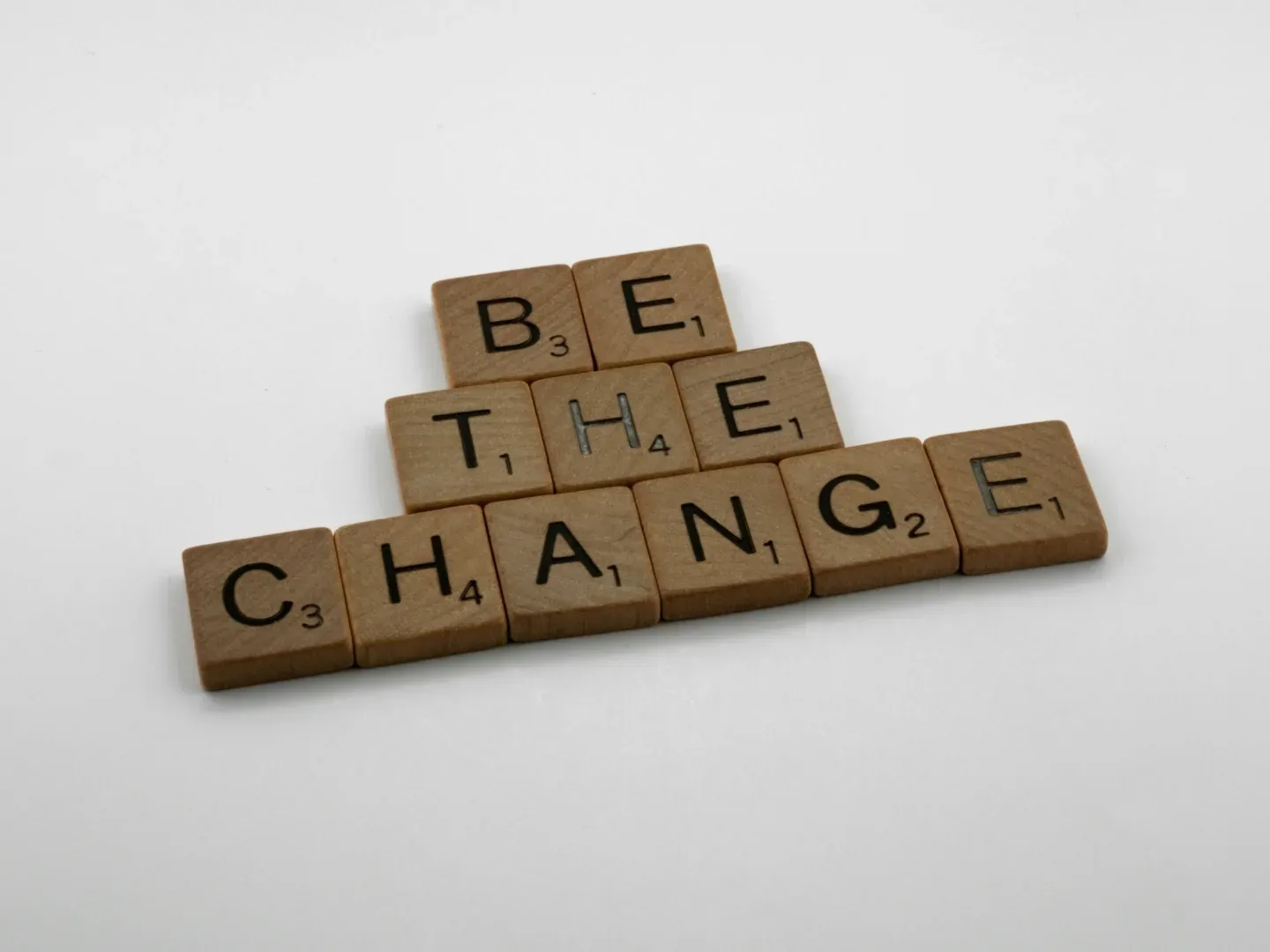Agile Manifesto | Value 3

Value 3
Customer collaboration over contract negotiation.

The agile organisation places a premium on fostering a close working relationship with the customer rather than fixating on rigid contractual agreements. In traditional contexts, contracts are often viewed as ironclad documents, meticulously outlining every detail of a project to avoid potential disputes.
However, Agile shifts this perspective by prioritizing trust and flexibility. Agile teams aim to structure contracts in a way that encourages ongoing collaboration between the customer and the development team (Principle 4). This is achieved through an iterative and incremental approach (cf. Principle 2 & 3), seeking mutually beneficial solutions (“win-win” agreements). It's important to note that Agile is not against binding agreements; rather, it seeks to create contracts that adapt to the evolving needs and insights that emerge during the project.
In contrast, traditional organizations tend to approach contracts with a stance of inherent distrust, aiming to solidify every aspect in stone to safeguard against potential risks or misunderstandings. This shift in attitude reflects Agile's commitment to dynamic, customer-centric collaboration.
Explore each principle & value with us
Introduction to the Agile Manifesto & Part 1 – The Agile Team: Skills & Culture
Principle 1: Our highest priority is to satisfy the customer through early and continuous delivery of valuable solutions*.
Principle 2: Welcome changing requirements, even late in development. Agile processes harness change for the customer's competitive advantage.
Principle 3: Deliver working solution* frequently, from a couple of weeks to a couple of months, with a preference to the shorter timescale.
Principle 4: Business people and team* must work together daily throughout the project.
Principle 5: Build projects around motivated individuals. Give them the environment and support they need, and trust them to get the job done.
Principle 6: The most efficient and effective method of conveying information to and within an agile team is real-time conversation.
Principle 7: Working solution* is the primary measure of progress.
Principle 8: Agile processes promote sustainable development. The sponsors, team*, and users should be able to maintain a constant pace indefinitely.
Principle 9: Continuous attention to technical excellence and good design enhances agility.
Principle 10: Simplicity – the art of maximizing the amount of work not done – is essential.
Principle 11: The best architectures, requirements, and designs emerge from self-organizing teams.
Principle 12: At regular intervals, the team reflects on how to become more effective, then tunes and adjusts its behavior accordingly.
Value 1: We value individuals and interactions over processes and tools.
Value 2: We value working solution* over comprehensive documentation.
Value 3: We value customer collaboration over contract negotiation.
Value 4: We value responding to change over following a plan.
*LEGEND:
Business Value: Business Value encompasses any deliverable, feature, or enhancement that directly contributes to customer satisfaction, employee well-being, or overall organizational success. It can encompass not only customer-facing elements but also internal enablers that improve efficiency and effectiveness within the organization.
Developers: has been exchanged by team to recognize that Agile Teams can encompass a diverse range of roles and functions beyond just software development
Iteration: An Iteration refers to a distinct phase or cycle within a development process, where a set of tasks or activities are completed in a defined timeframe. In Scrum methodology, an Iteration is known as a Sprint, typically lasting 2-4 weeks, during which a set of prioritized work items are completed.
Lead Time: Lead Time refers to the duration it takes for a task or project to move from the initial request or conception stage to its completion, including all necessary processes and steps.
MVP (Minimum Viable Product): The MVP is a basic, functional version of a product or service that includes essential features, allowing it to be deployed or released to gather early feedback from users or customers.
Software: has been replaced by solutions to account for the fact that Agility does not only apply to software development, but to any kind of value that a business offers to the customer.
It might also interest you!

Agile Manifesto | Value 1

Agile Manifesto | Value 2
